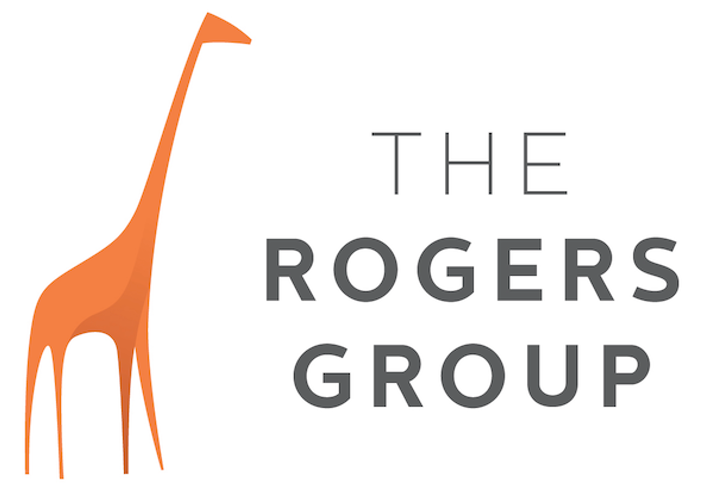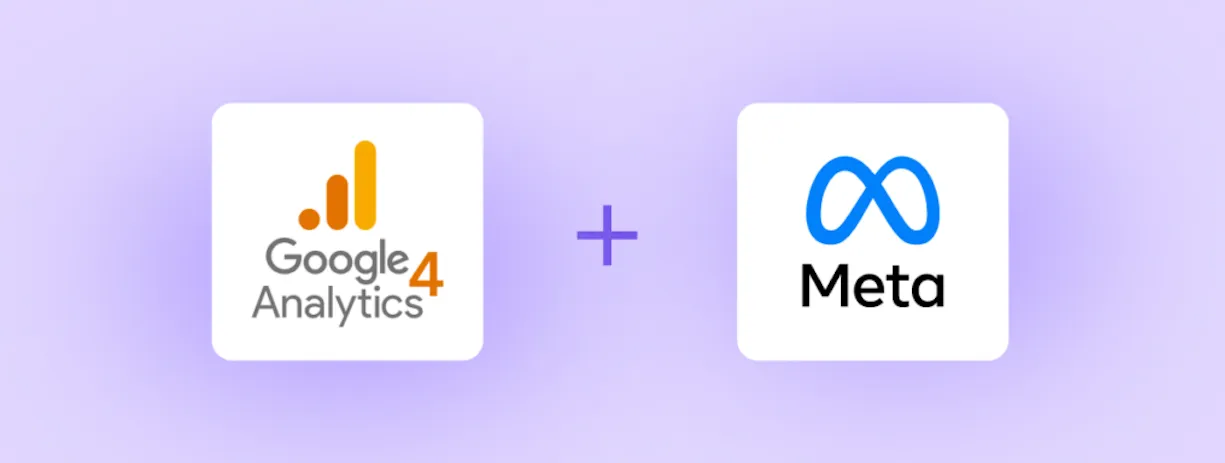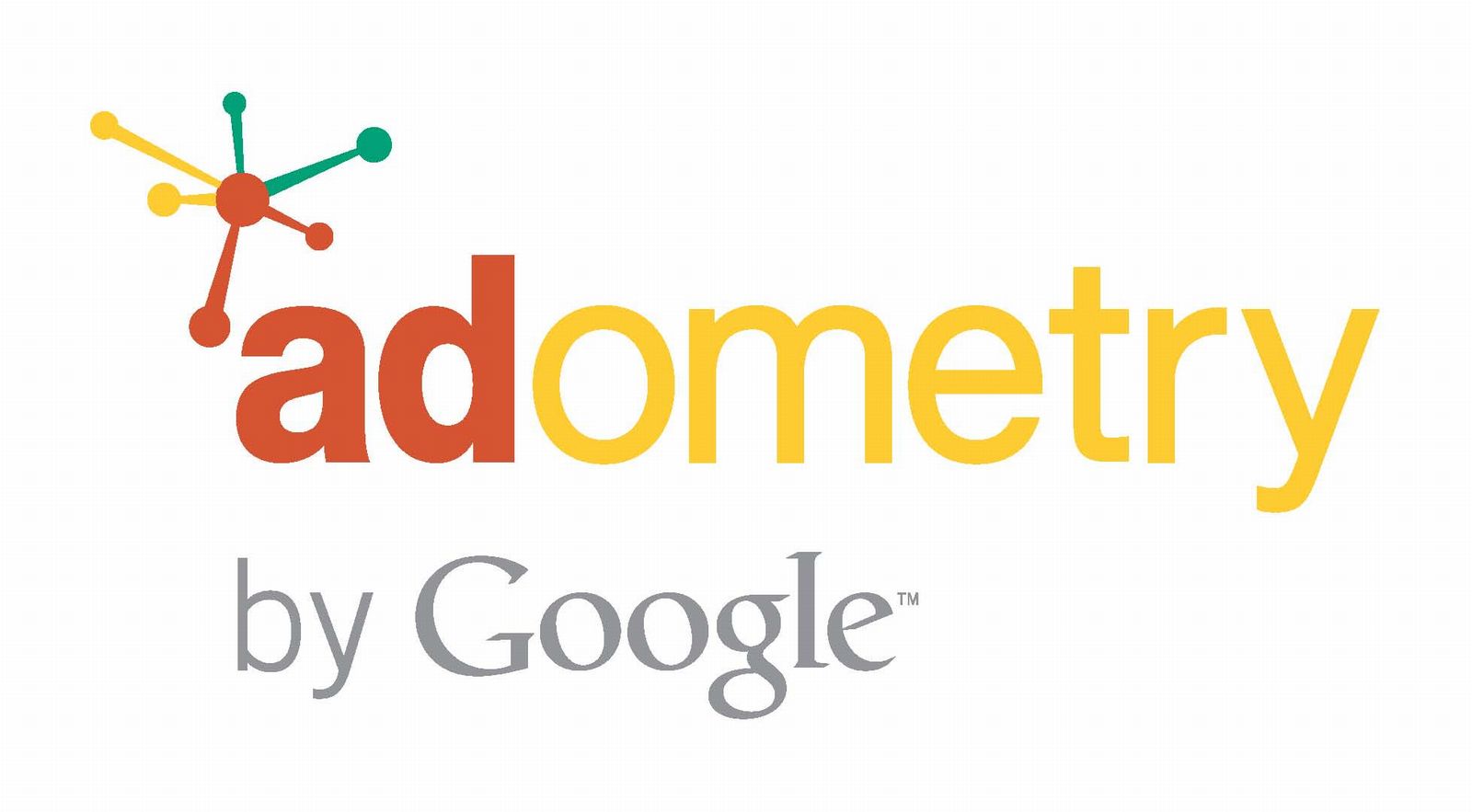In the fast-paced world of digital marketing, staying on top of data-driven insights is crucial for businesses to make informed decisions. Enter Google Analytics 4 (GA4), the latest iteration of Google’s powerful web analytics platform. Built upon the foundation of its predecessor, Universal Google Analytics, GA4 offers enhanced features and capabilities to provide businesses with even deeper insights into user behaviour. In this article, we will explore what GA4 is, its advantages over Universal Google Analytics, the significance of the Universal Google Analytics cut-off period, and key considerations when setting up GA4.
What is Google Analytics 4?
Google Analytics 4, also known as GA4, represents a significant shift in how businesses can analyse and understand user behaviour on their websites and apps. It introduces a more comprehensive and holistic approach to data measurement by combining web and app analytics into a single platform. This consolidation allows businesses to gain a unified view of user interactions across various digital channels, offering a more accurate and complete understanding of customer journeys.
Advantages of GA4 over Universal Google Analytics
Cross-platform tracking
One of the major advantages of GA4 is its ability to seamlessly track user interactions across multiple devices and platforms. With the growing dominance of mobile apps, GA4’s ability to integrate web and app analytics provides a comprehensive view of user behaviour and engagement.
Enhanced machine learning capabilities
GA4 incorporates advanced machine learning algorithms, enabling businesses to uncover meaningful insights from complex data sets. This allows for better prediction of user behaviour, such as churn rates and lifetime value, empowering businesses to optimise marketing efforts and drive more effective outcomes.
Event-based tracking model
Unlike Universal Google Analytics, which primarily relies on pageviews, GA4 introduces an event-based tracking model. Events capture specific user interactions, such as button clicks, video plays, and downloads, providing granular data to analyse user engagement and conversion paths in greater detail.
Universal Google Analytics cut-off period and the need for change
The Universal Google Analytics cut-off period refers to the timeline before which historical data will not be accessible in GA4. This means that businesses utilising Universal Google Analytics will lose access to older data if they do not upgrade and migrate to GA4 before the cut-off period.
It is crucial for businesses to make the necessary changes and transition to GA4 before the cut-off period for several reasons:
Data continuity
By migrating to GA4 in a timely manner, businesses can ensure a seamless transition and maintain continuity in their data analysis. It allows them to access historical data, track ongoing user interactions, and derive insights from a unified dataset.
Future-proofing
GA4 represents the future of Google Analytics. By adopting it early on, businesses can benefit from ongoing updates, new features, and innovations that Google will likely focus on, ensuring they stay ahead of the curve in the evolving digital landscape.
Improved insights
GA4 offers a more robust and flexible framework for data analysis, empowering businesses to gain deeper insights into user behaviour. Delaying the migration means missing out on the enhanced capabilities and actionable insights provided by GA4, which can impact marketing strategies and decision-making.
When setting up GA4, businesses should consider the following key elements:
Configuration
Define your measurement strategy and goals. Determine the specific events and user interactions you want to track and ensure that the GA4 configuration aligns with your business objectives.
Data streams
Set up data streams for both web and app properties to capture user interactions across different platforms. Ensure that the data streams are properly configured and integrated to provide a unified view of user behaviour.
Custom dimensions and metrics
Leverage custom dimensions and metrics to capture additional data points specific to your business. This allows for a more tailored analysis and provides deeper insights into user behaviour. Note that certain metrics are different in GA4, for example Bounce rate has been replaced with Engagement rate.
E-commerce tracking
Implement enhanced e-commerce tracking to measure the effectiveness of your online sales funnel. GA4 provides more robust e-commerce tracking capabilities, allowing for better analysis of purchase behaviour and revenue attribution.
Event tracking and conversion goals
Define and track specific events that represent valuable user interactions or conversion goals. This enables businesses to understand user engagement and optimise marketing campaigns accordingly.
In conclusion, Google Analytics 4 represents a significant advancement in web analytics, offering businesses enhanced insights and a comprehensive understanding of user behaviour. With its cross-platform tracking, advanced machine learning capabilities, and event-based tracking model, GA4 provides a powerful platform for data-driven decision-making. The Universal Google Analytics cut-off period emphasises the importance of migrating to GA4 promptly to avoid data loss and take advantage of the latest features. By considering key elements during the setup process, businesses can unlock the full potential of GA4 and gain a competitive edge in the digital landscape.
By Manesh Ram, Digital Marketing Specialist. Please follow @maneshram & Meta








